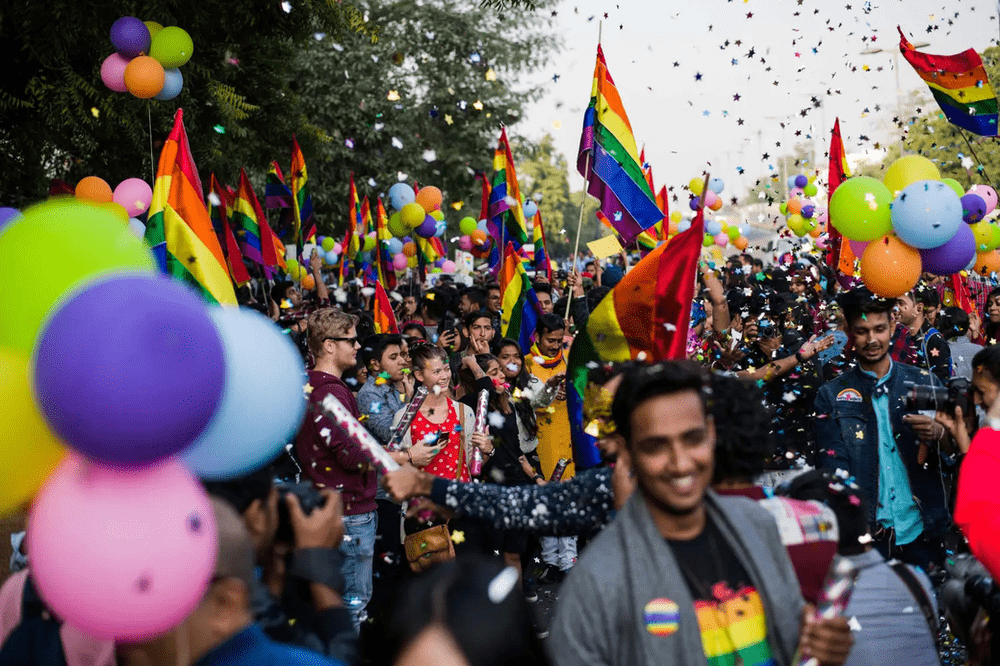If you’ve already taken our quiz, here are some artists to intrigue your old soul. Whether you’re staying in on a Sunday evening or looking for an exhibition to see, you’re in good company. Find solace and wonder in their practice, and be sure to visit their shows near you. For more such recommendations, head over to our quiz for the most current exhibits.
Benode Behari Mukherjee
A pioneer of modern art in pre independent India, Mukherjee was pivotal in establishing a modern school of art that was sensitive to context, breaking away from the more traditional Bengal Revivalist School. Mukherjee’s work spans a variety of mediums spread over half a century, ranging collage, murals, sculpture, tempera, woodcuts, watercolours, oil, ink, crayons, and calligraphy. His work is an amalgamation of western modern art styles and traditional sentiments on spirituality. Mukherjee’s work resonates with a textural depth, and he continued to create even after losing his eyesight.
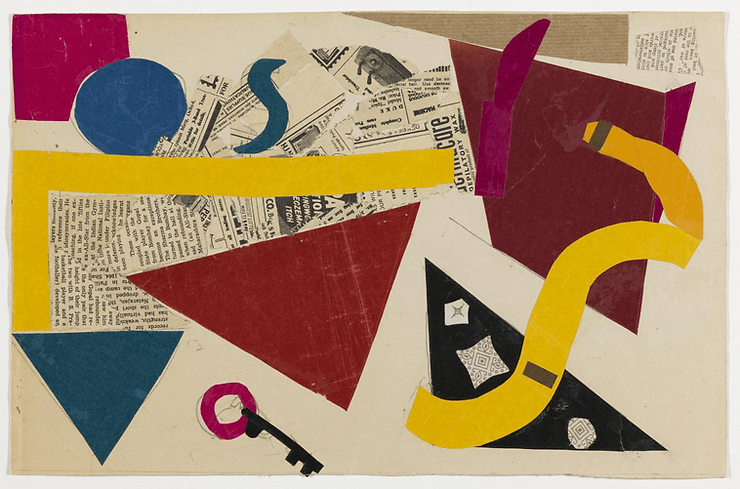
Arpita Singh
Drawing from the everyday struggles faced by women in India and the emotions that arise from them, Arpita Singh’s work is filled with emotion, colour, and life, often juxtaposed with objects like guns, cars, and planes. Each piece narrates a story revealing desire, hope, oppression, joy, and pain, ranging mediums of drawing, watercolour, oil, and ink. A modernist, Singh also incorporates more traditional forms of art like miniature painting and folk art in her work.
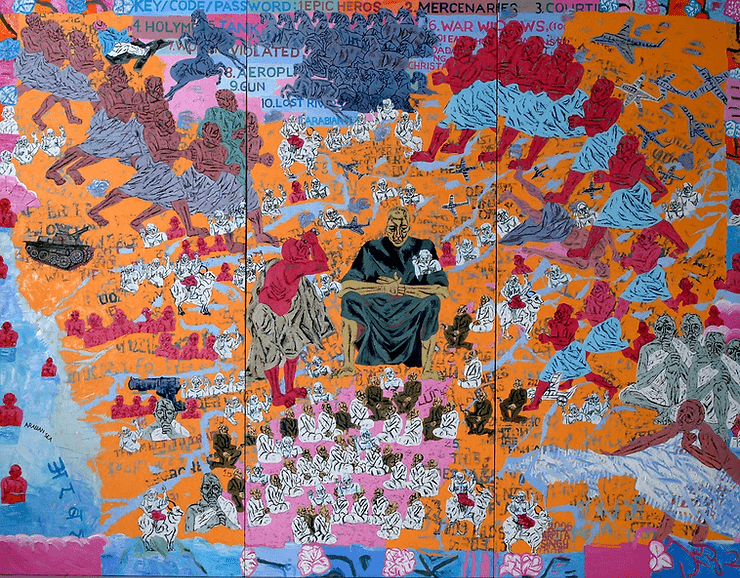
Prabhakar Barwe
Interested in abstract form and influenced by Paul Klee’s concepts, Prabhakar Barwe’s practice involved a universal and abstract language that rejected both British and Indian traditional styles. Barwe worked with both enamel paint and watercolour to explore the relationship between object and space, often placing contradictory objects without context leaving the viewer to make connections between the two .
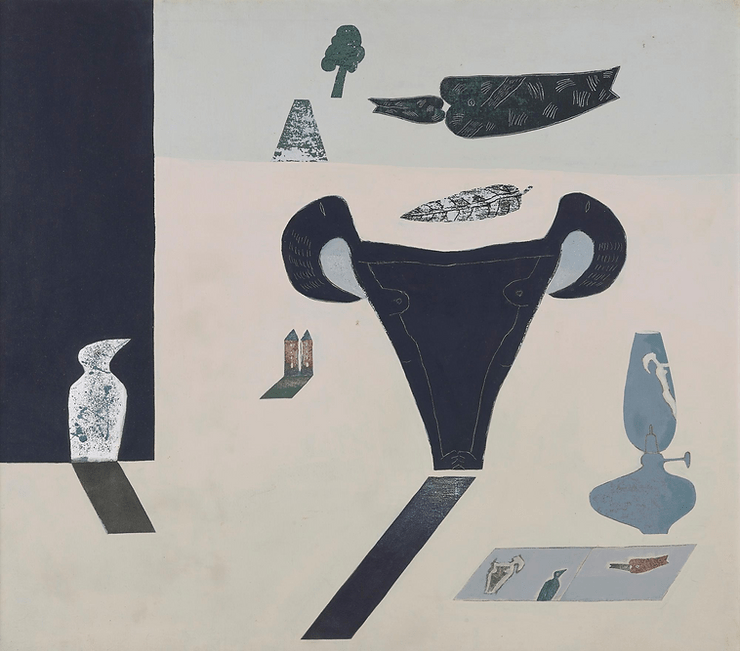
KG Subramanyan
An artist, scholar, and writer, KG Subramanyan was a significant figure in the post independent modern art movement in India. Working with a variety of mediums spanning painting, sculpting, woodworking, glass painting, weaving, pottery, and murals, Subramanyan incorporated Indian traditions, folklore and folk art, and local techniques in his work. KG Subramanyan’s practice and philosophy had a unique blend of traditional art and modern technique.
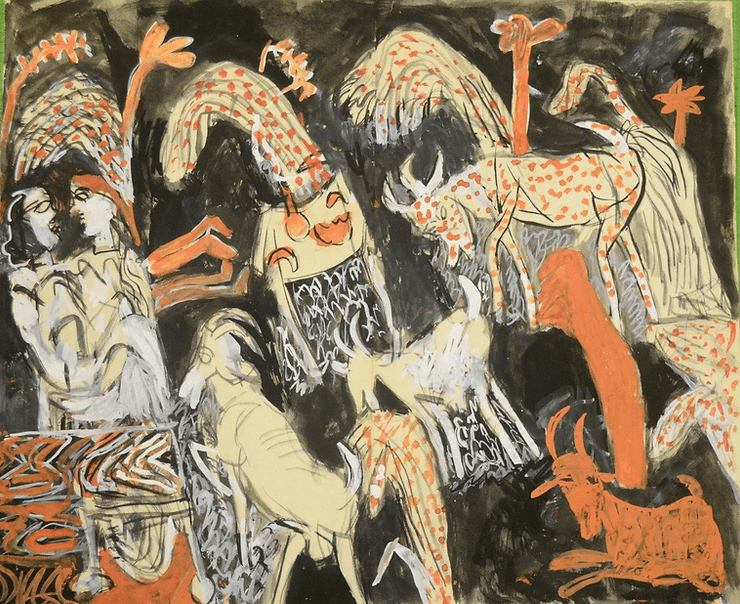
Himmat Shah
Influenced by European modernism, Himmat Shah has experimented across medium and form, working with collage, drawings, and mural, but has always considered himself first a sculptor. Himmat Shah’s practice is as much about his philosophy as it is about the mediums chooses to work with, and has innovated widely with terracotta using a variety of tools and techniques. Born in Lothal, Gujarat, a village surrounded by remnant of the Indus Valley Civilization, Shah’s association with terracotta can be traced back to his birthplace.
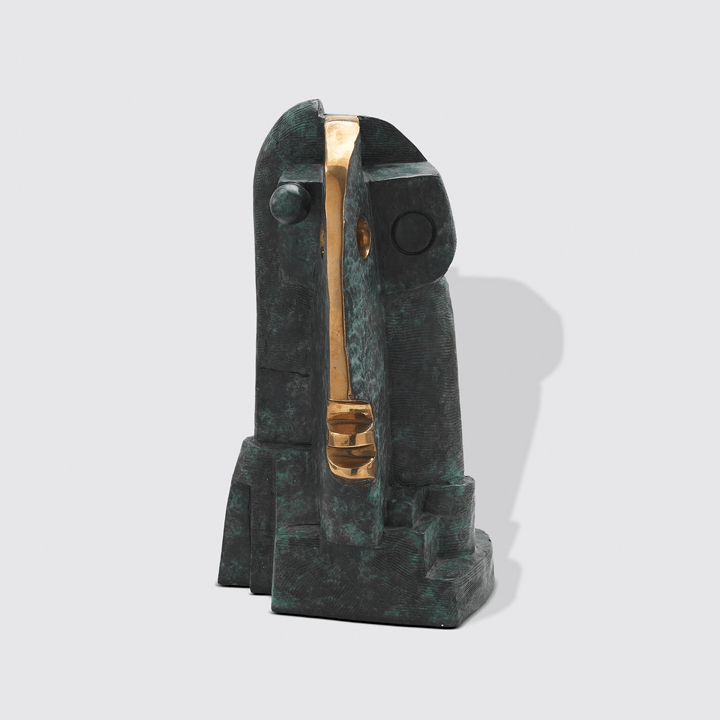
Image credits to the artist.




